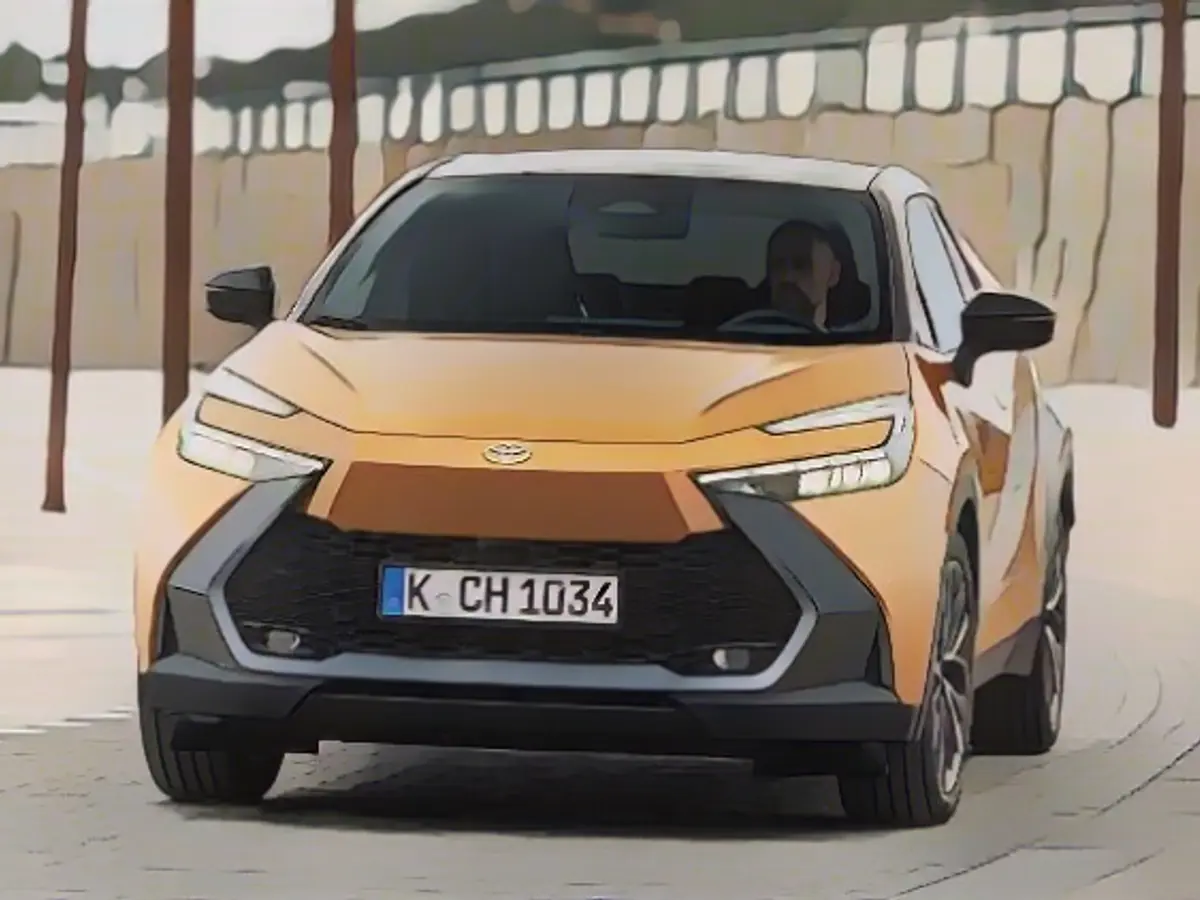Toyota C-HR - the second generation is even more exalted
Toyota is working hard to get rid of its somewhat staid image. The Japanese are going all out, especially when it comes to the design of some models. This was already the case with the first generation of the C-HR, and the second generation, which will be available from January, goes one better. Under the bodywork, however, the boldness is already over.
The first generation of the C-HR, launched in 2017, was already loved or hated for its, shall we say, special design. The latter faction was probably in the majority. Nevertheless, the compact crossover sold 840,000 units in Europe in six years. Toyota expects even more from the even more exalted second generation, which goes on sale from January 8, with around 10,000 units expected to be sold in Germany alone in 2024.
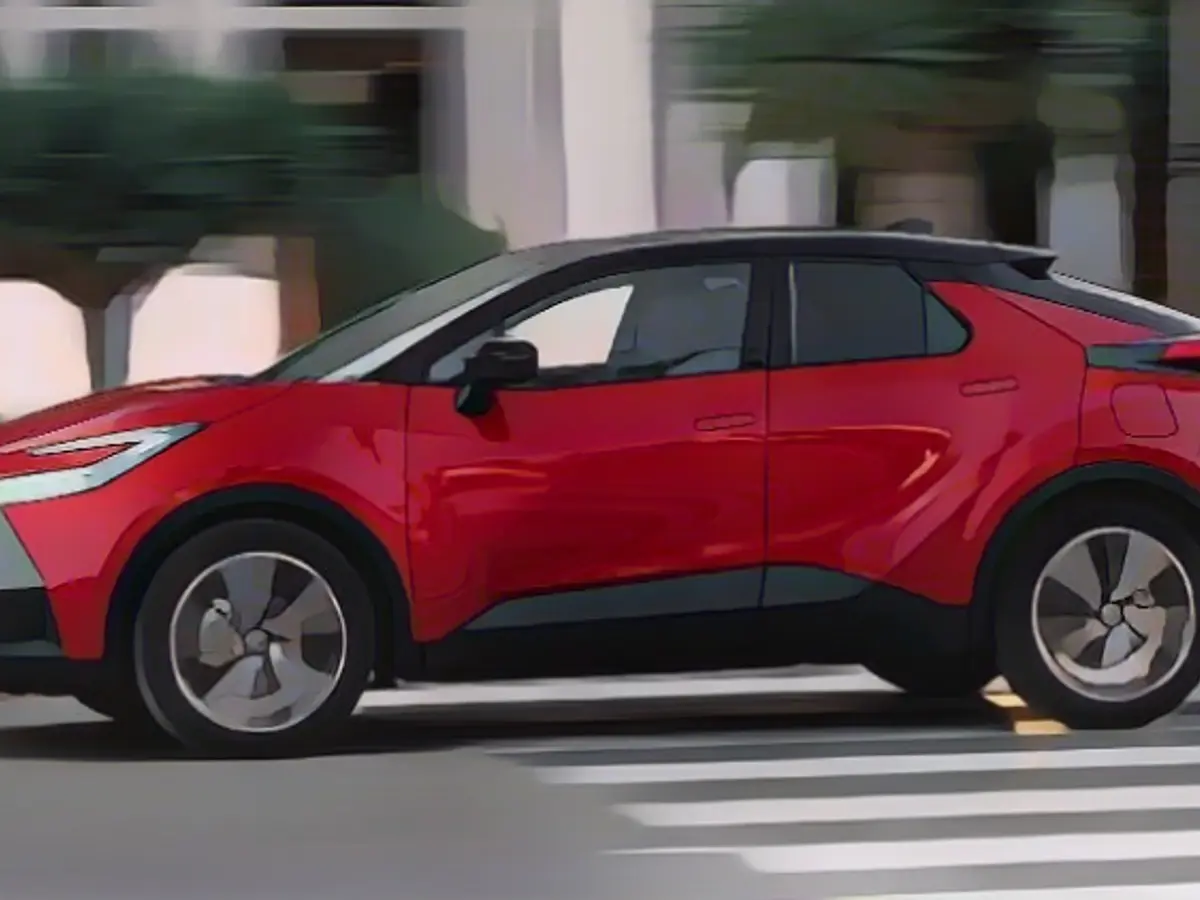
The pricing is as self-confident as the design. The well-equipped Flow base model (only available as a 1.8 hybrid) costs 35,000 euros. The price range then extends to the almost fully equipped plug-in hybrid available from March for 50,500 euros.
Another eye-catcher
Not exactly a lot of money for a vehicle that is just 4.36 meters long. Nevertheless, it is once again an eye-catcher: the edges are sharper than on the predecessor, the front end with narrow LED headlights is more powerful, the rear end with the almost continuous light strip, interrupted only by the "Toyota C-HR" lettering, is more expressive. Even those who buy a second-generation CH-R want or have to live with the stares of other road users.
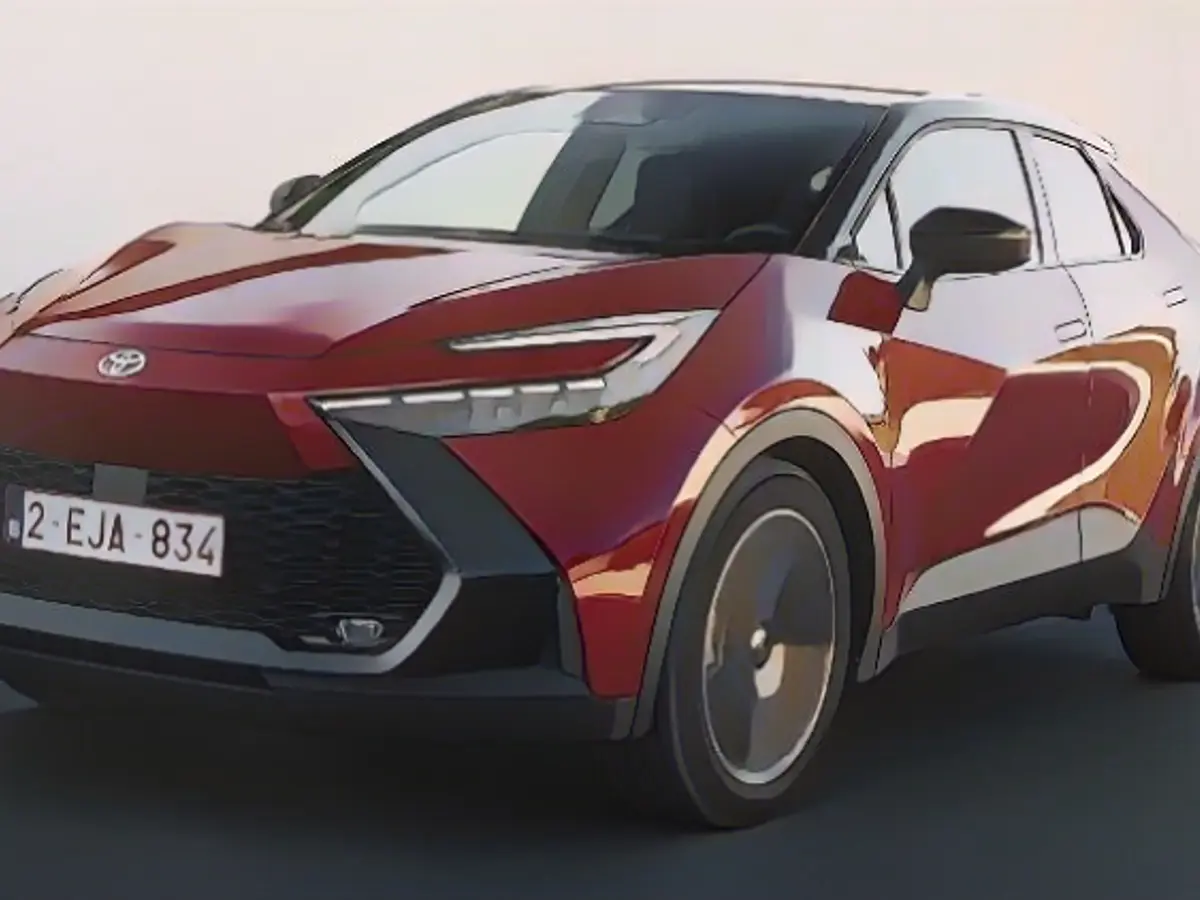
The design with the dome-shaped roof naturally takes its toll. Especially for passengers in the rear. Even getting into the rear is not easy for adults due to the small door cut-out. After that, you sit in a rather dark cave with sufficient legroom but little headroom, which is not really made any more homely by the optional, large panoramic roof. In the front, on the other hand, you sit well, even if the manual seat adjustment for the front passenger is very fiddly and, as is so often the case with Asian brands, the seat cannot be adjusted low enough.
Trunk not too big
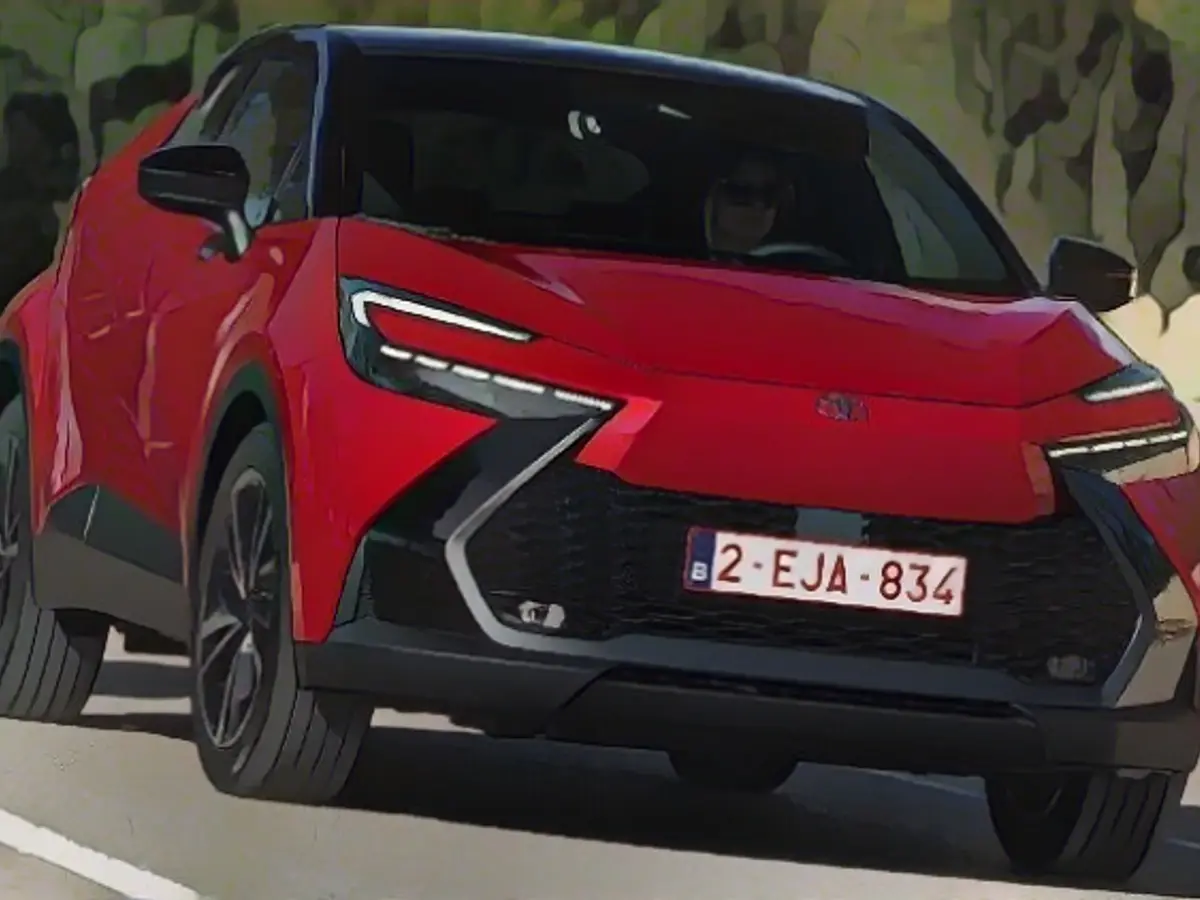
The trunk volume does not allow for any great leaps either. The CH-R with the basic 1.8 Hybrid engine (system output: 103 kW/140 hp) packs 443 liters, with the more powerful 2.0 Hybrid (145 kW/197 hp) it is still 428 liters, in the all-wheel drive version even only 422. The storage space of the plug-in hybrid (164 kW/223 hp) is really puny, at 350 liters it only reaches the level of a small car. At least the rear seats can be folded down, so you can at least take enough luggage for a vacation trip for two.
All the drive systems are old acquaintances, the hybrids are used in the Corolla, for example, and the plug-in is already familiar from the Prius, which is also new. What they all have in common is the combination of petrol engine and electric motor. As always, the electric motor in the hybrids mainly supports the combustion engine in situations that normally cost a lot of fuel, i.e. mainly when accelerating.
Toyota has been doing this since the 1990s (keyword: first Prius) and this routine is clearly noticeable in what is now the fifth hybrid generation. The interaction of the drive combination works flawlessly and the economy is also good with a restrained driving style. The standard consumption of both drives is just under 5 liters, which seems achievable in practice in city traffic. However, if you are in a bit of a hurry and press down harder on the accelerator pedal, you still have to reckon with the well-known "rubber band effect", in which the roar of the engine, i.e. ultimately the engine speed, does not really want to match the acceleration.
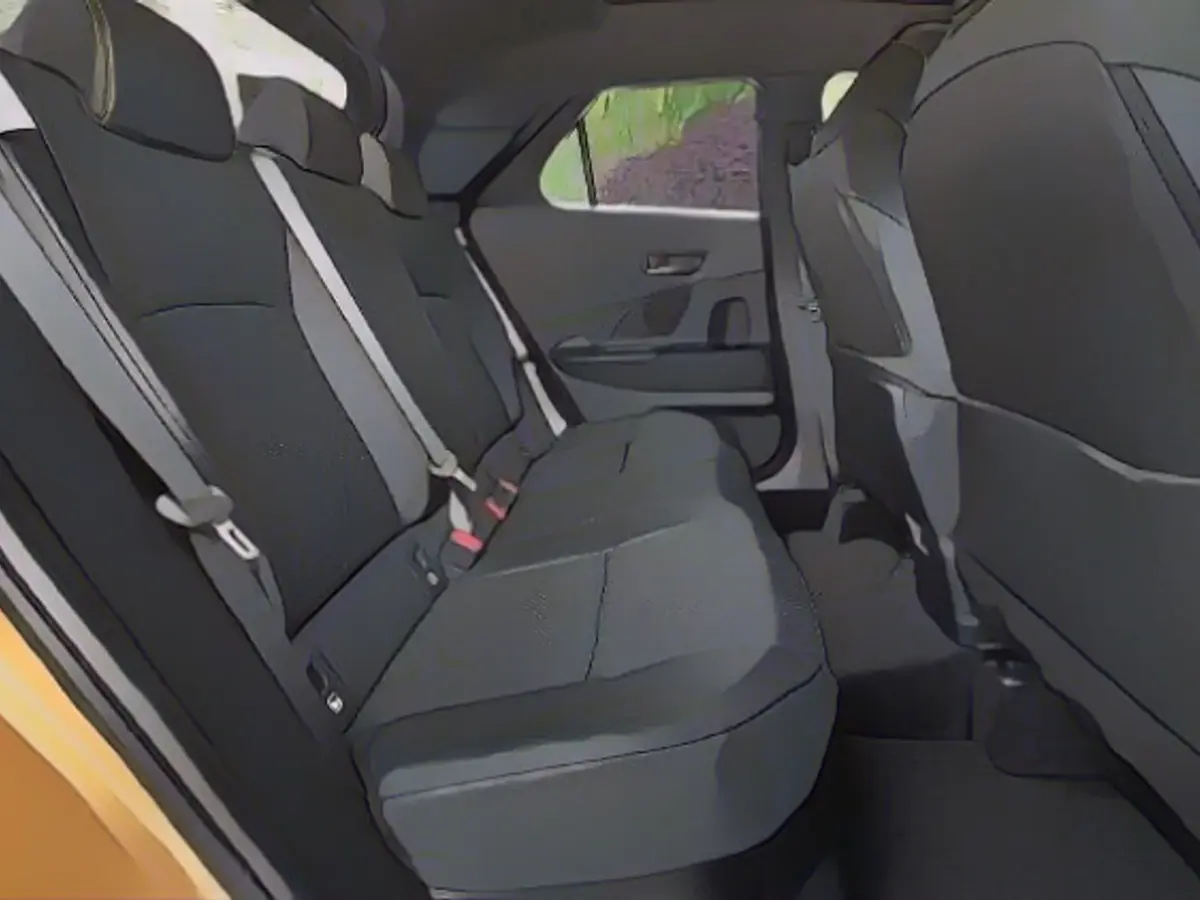
This also applies to the plug-in hybrid, although it will probably be driven rather cautiously by default. Otherwise, the announced range of over 60 kilometers purely electrically from the 13.6 kWh battery is nowhere near achievable. Here, too, the two drive systems work together without any problems, but as in the Prius, the duo never feels like 223 system horses under the hood.
Rather sporty chassis
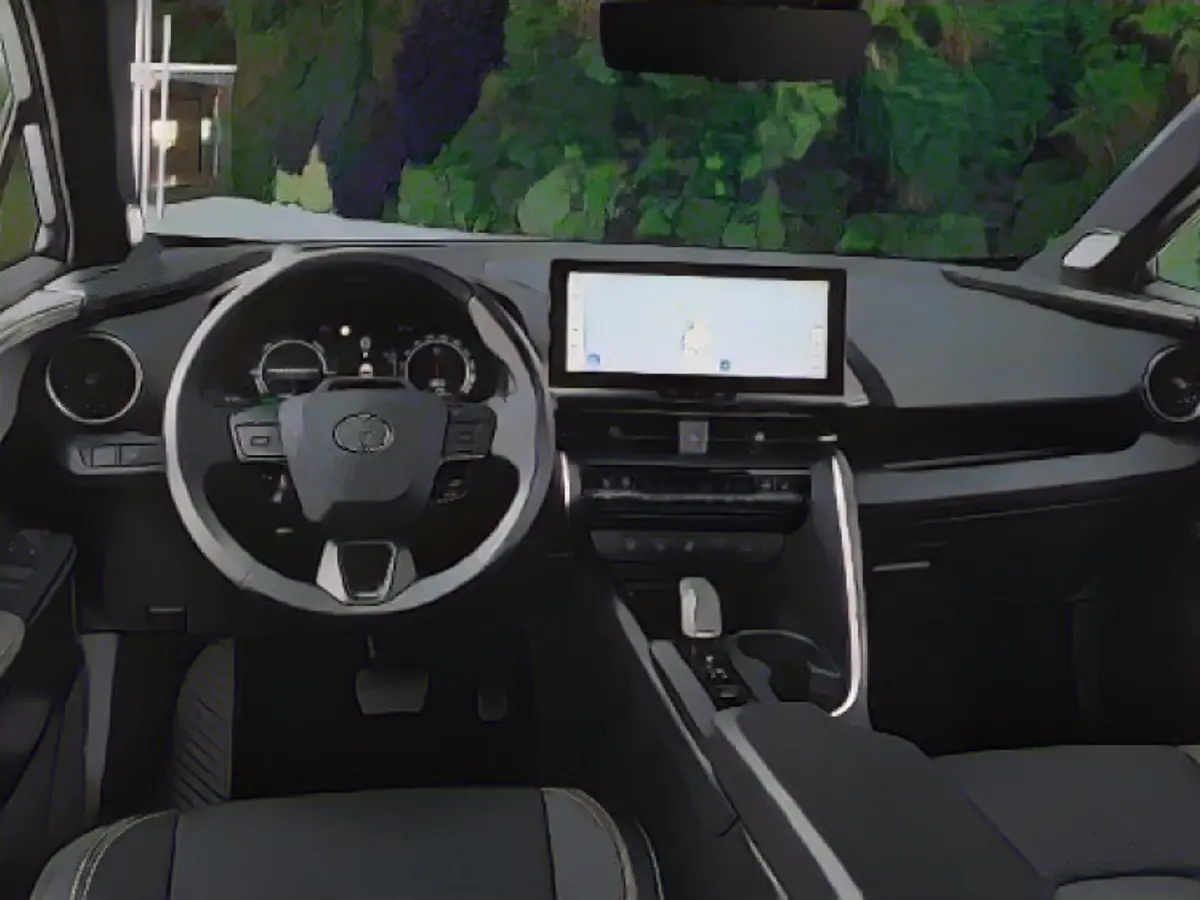
In keeping with its visual appearance, the chassis of the C-HR is also rather sporty. Although the firm set-up does not exactly ensure excessive everyday comfort, the Japanese car, which was developed in Europe and produced in Turkey, does at least provide a little driving pleasure on country roads. If you don't accelerate too abruptly and thus cause the CVT gearbox acoustic embarrassment (see above) and don't aim for top speed - all variants are limited at 170 or 180 km/h - the Toyota certainly shows a sporty side. It suits bends, the steering provides enough feedback and the brakes are sufficiently powerful.
Inside, the CH-R has a much more sober design. There are analog buttons, such as for the air conditioning, as well as purely digital access options via the touchscreen, which, depending on the version, is either 8 or 12.3 inches in size. The central instrument always measures 12.3 inches and can be programmed according to the driver's wishes. There is now also a head-up display.
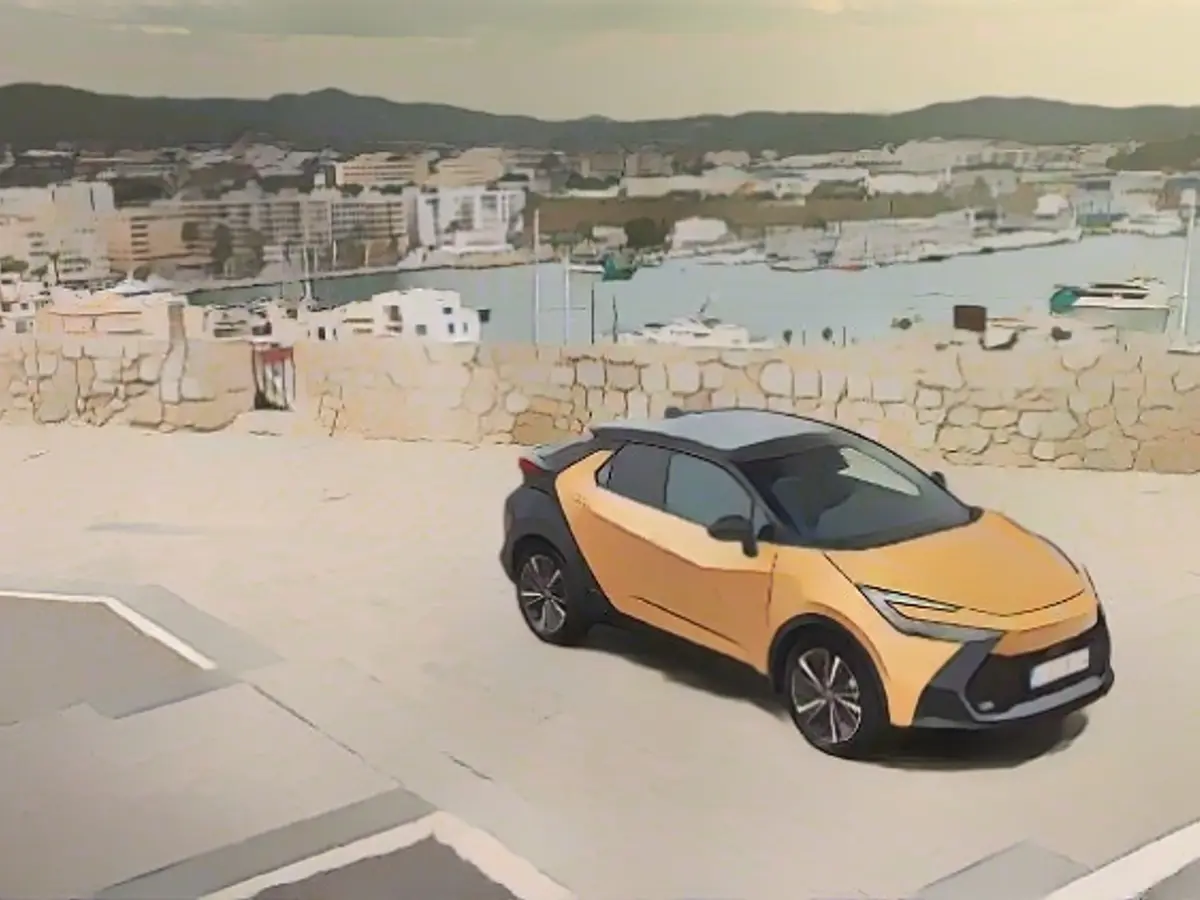
Conclusion: In the Toyota model range, which has been put together primarily from a rational point of view, the new CH-R, like the Prius, stands out above all due to its design. Under the bodywork, on the other hand, there is proven drive technology with all its strengths and weaknesses, so that visual appearance and performance do not really want to go together. Once again, however, many people will probably see no contradiction in this and buy one despite the high price. In view of the well-known Toyota quality and the warranty of up to 15 years with regular maintenance, this could even pay off in the end.
Toyota C-HR - technical data
- Five-door, five-seater crossover in the compact class
- Length: 4.36 meters, width: 1.83 meters, height: 1.56 meters, wheelbase: 2.64 meters
- 1.8 l hybrid: 1.8-liter petrol engine (72 kW/98 hp) + electric motor (70 kW/95 hp), system output: 103 kW/140 hp, front-wheel drive, continuously variable automatic transmission, 0-100 km/h: 9.9 s, Vmax: 170 km/h, standard consumption: 4.7 liters/100 kilometers, CO2 emissions: 105 g/km, trunk capacity: 443 liters, price: from 34,990 euros
- 2.0 l Hybrid: 2.0-liter petrol engine (112 kW/152 hp) + electric motor (83 kW/113 hp), system output: 145 kW/197 hp, front-wheel drive (all-wheel drive), 0-100 km/h: 8.1 s (all-wheel drive: 7.9 s), Vmax: 180 km/h, standard fuel consumption: 4.8 (5.1) liters/100 kilometers, CO2 emissions: 108 (115) g/km, trunk capacity: 428 (422) liters, price: from 40,190 (48,990) euros
- 2.0 l plug-in hybrid: 2.0-liter turbo gasoline engine (112 kW/152 hp) + electric motor (120 kW/163 hp), system output: 164 kW/223 hp, front-wheel drive, continuously variable automatic transmission, 0-100 km/h: 7.3 s, Vmax: 180 km/h, electric range: 62-66 kilometers, standard consumption 0.9-1.0 l/100 kilometers, power consumption: 15 kWh/100 kilometers, CO2 emissions: 19-20 g/km, luggage capacity: 350 liters, price: from 50,490 euros
Source: www.ntv.de
